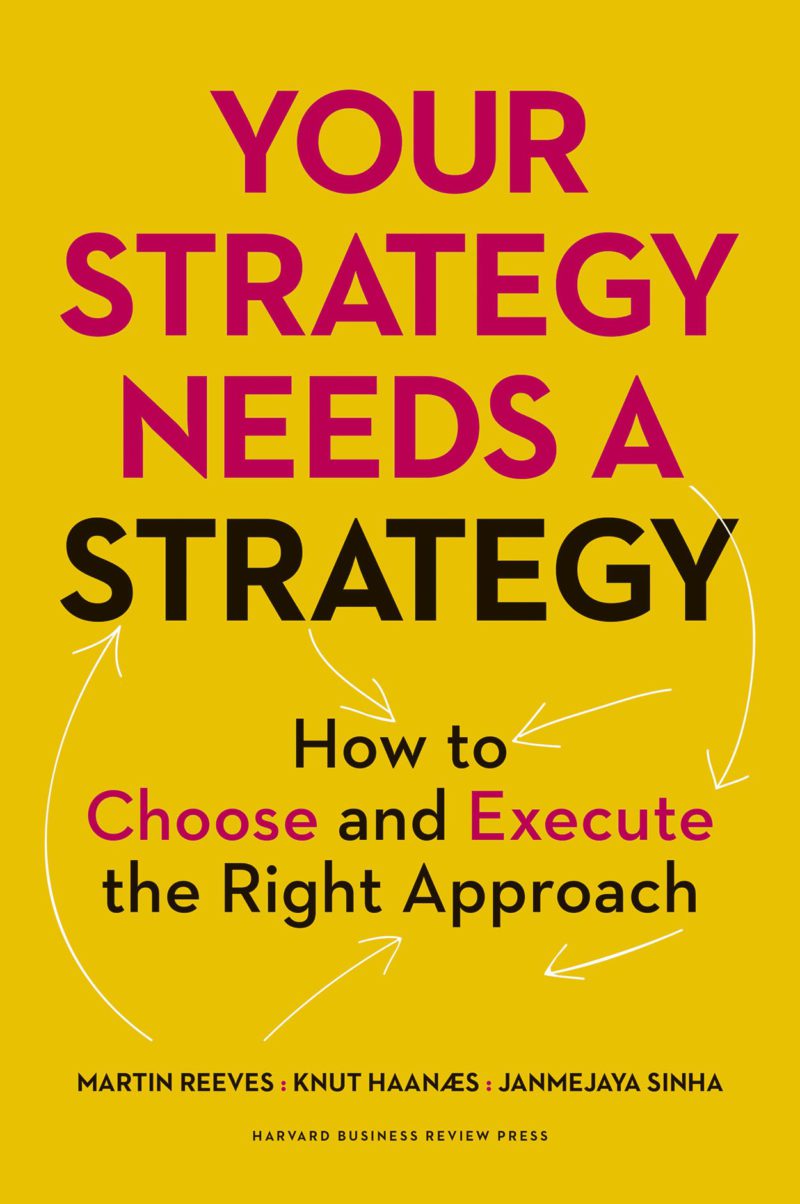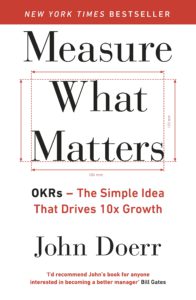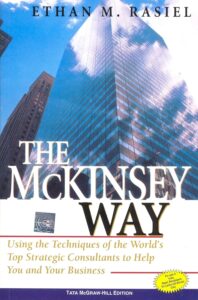Your Strategy Needs a Strategy: How to Choose and Execute the Right Approach
This book advocates for a nuanced approach to strategy, tailored to the specific environment of a business, highlighting five strategic archetypes: Classical, Adaptive, Visionary, Shaping, and Renewal.
Subjects: Strategic Planning
In “Your Strategy Needs a Strategy,” authors Martin Reeves, Knut Haanaes, and Janmejaya Sinha present a comprehensive framework for navigating the complex landscape of business strategy. The core premise is that the traditional, one-size-fits-all approach to strategy is no longer effective in today’s dynamic and diverse business environments. Instead, they propose a “Strategy Palette” consisting of five distinct approaches to strategy—Classical, Adaptive, Visionary, Shaping, and Renewal—each suited to different types of business environments characterized by varying levels of predictability, malleability, and harshness.
The book starts by diagnosing the current state of strategy, emphasizing how changes in the global business landscape, such as increased globalization, rapid technological advancements, and economic interconnectedness, have led to a more complex and uncertain world. This complexity necessitates a more flexible and nuanced approach to strategy formulation and execution.
Each strategic archetype is thoroughly explored, providing readers with insights into when and how to apply these strategies effectively:
- Classical Strategy focuses on planning and positioning in predictable, unchangeable environments.
- Adaptive Strategy is suited for unpredictable, unchangeable environments, emphasizing agility and quick response.
- Visionary Strategy is for predictable, changeable environments, where creating a new market or disrupting an existing one is possible.
- Shaping Strategy applies to unpredictable, changeable environments, advocating for shaping the industry or market through collaboration and orchestration.
- Renewal Strategy is necessary for harsh conditions requiring a focus on survival and rejuvenation.
The authors argue that matching the right approach to the specific context of a business can significantly enhance performance and competitive advantage. They also discuss the challenges of implementing these strategies, including the need for leaders to accurately diagnose their environment, choose the appropriate strategy, and execute it effectively. The book is rich with case studies, examples, and practical advice, making it a valuable resource for business leaders, strategists, and managers seeking to navigate the complexities of the modern business world.
“Your Strategy Needs a Strategy” is not just a call to rethink strategic approaches; it is a comprehensive guide equipped with tools and frameworks to help leaders assess their environment, choose the right strategy, and, crucially, implement it successfully. It challenges conventional wisdom and encourages leaders to adopt a more versatile and dynamic approach to strategy, one that is better suited to the multifaceted challenges of today’s business landscape.
Books similar to “Your Strategy Needs a Strategy” that delve into business strategy and its application in various environments include:
- “Good Strategy Bad Strategy: The Difference and Why It Matters” by Richard Rumelt – It emphasizes the fundamentals of a good strategy and the common pitfalls of a bad strategy.
- “Blue Ocean Strategy: How to Create Uncontested Market Space and Make the Competition Irrelevant” by W. Chan Kim and Renée Mauborgne – This book introduces the concept of creating new markets rather than competing in existing ones.
- “Playing to Win: How Strategy Really Works” by A.G. Lafley and Roger L. Martin – Offers insights into strategic thinking and decision-making processes at Procter & Gamble.
- “Strategy Beyond the Hockey Stick: People, Probabilities, and Big Moves to Beat the Odds” by Chris Bradley, Martin Hirt, and Sven Smit – Discusses how companies can break out of average performance to achieve extraordinary success.
- “The Strategy Paradox: Why Committing to Success Leads to Failure (And What to do About It)” by Michael E. Raynor – Explores the challenges of strategic planning in the face of uncertainty.
These books provide a range of perspectives and methodologies for crafting and implementing business strategies in various contexts.




